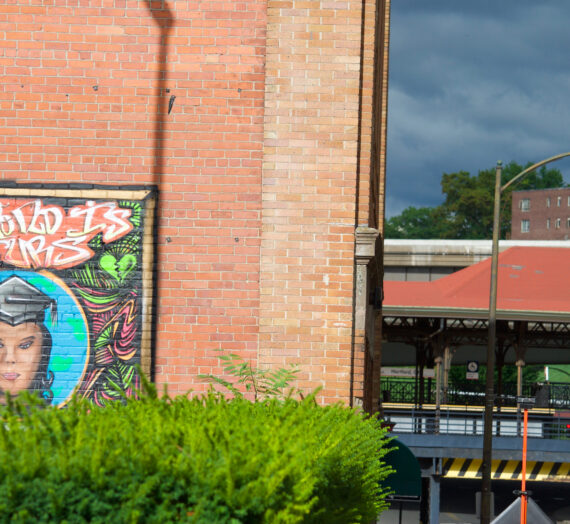 Back in the day you might have seen an Ancient Egypt exhibit on a class field trip and been left with a sense of wonder, despite not being allowed to touch anything, despite being immersed in the past so deeply that it felt more like fiction than history. Warped audio may have been piped in to explain why you were looking at a creepy scene created from human models, but otherwise, the display felt dated, even then.
Back in the day you might have seen an Ancient Egypt exhibit on a class field trip and been left with a sense of wonder, despite not being allowed to touch anything, despite being immersed in the past so deeply that it felt more like fiction than history. Warped audio may have been piped in to explain why you were looking at a creepy scene created from human models, but otherwise, the display felt dated, even then.
If that was your experience in elementary school, you should not wait to have kids to try to amend that.
I was most struck by the photographs of contemporary Egyptians after walking through the Lost Egypt exhibit currently on display at the Connecticut Science Center. This simple, low cost addition reminds visitors that today people live in the area that is the focus of this exhibit. For the many visitors who have not been to Egypt, the pictures — which include children — tell the (mostly) young museum-goers that this is a place that actually exists, a detail that can be confused when one only sees tomb art, amulets, and mummified remains.
 There is tomb art, replicated on the walls of a slightly darkened hallway. You can listen to an approximation of how some hieroglyphics might have been pronounced.
There is tomb art, replicated on the walls of a slightly darkened hallway. You can listen to an approximation of how some hieroglyphics might have been pronounced.
This is not where the kids were, though, on the day I visited.
If you want to sit on a fake camel and have your picture taken, be patient. It was hard to tell if the children gravitated toward this, or if the parents were insisting they pose for pictures. Either way, the life-sized camel was the star of the show.
With so many hands-on options, it’s always interesting to see what the young visitors will wait in line for. Next in popularity, at least on this day, were the pottery puzzles. Imitating archaeologists, visitors take broken pieces of pottery and fit them around a three-dimensional vessel. The interest in this makes sense since these were elementary, not middle, school students. Had older children been there at the same time, I would not have stood a chance of seeing the mummy section.
The human mummy and her coffin are in a separate, well-marked room. Photography is not permitted in that room. If you have seen the mummy that was on display at the Wadsworth Atheneum in recent years, this is much less obviously human than that. The body, at least what is viewable, is completely covered. You do not see face, hair, or anything else that would immediately tell you that this is a human.
 Why?
Why?
This mummy was not unwrapped.
Outside of this quieter room, however, is where you can see these and other remains virtually unwrapped using X-rays. There is a 3-D print of the same mummy on display, along with the facial reconstruction of several others.
Animal mummies and their X-ray scans are also nearby, fleshing out the cultural aspect. The explanation for this practice is more nuanced than the “they worshiped cats” one you may have been treated to decades ago.
Cases of amulets and other funerary objects like canopic jars give more dimension to the burial rituals, as in, you can see what size vessel was determined large enough to hold the deceased’s lungs.
Another highlight of the exhibit — more so for adults and older children — is the area that shows how archaeological sites can be found. One video describes how accidental discoveries can occur when a donkey plunges through the surface, yet more humane and reliable techniques are in practice, including the use of Ground Penetrating Radar and satellite imaging analysis. Even with these more advanced tools, it’s amazing that anyone can find artifacts and human remains in such a large area.
Takeaway: There’s enough for young children to be interested in, even if they skip over the mummy area. Historical analysis is provided to create context for current practices and contemporary images and videos breathe life into what could too easily seem like mere historical fiction.
The Lost Egypt traveling exhibit will be at the Connecticut Science Center through May 4, 2014. Entrance is included in the price of general admission. If you want to experience the exhibit and rest of the museum without children around (don’t apologize…ain’t nothing wrong with that), check it out during Liquid Lounge. The next Liquid Lounge is April 4, 2014.

